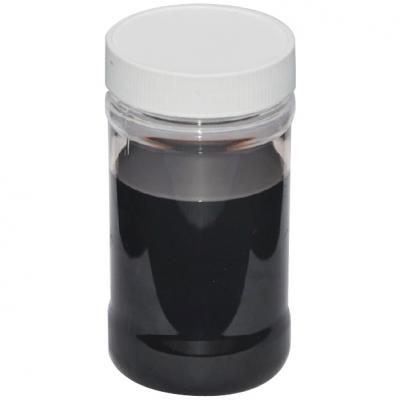Ⅰ. What are the choices of amino silicone oil for different fabrics?
1. Pure cotton and blended knitted fabrics, woven fabrics, which have a soft touch, we can mainly choose amino silicone oil with 0.6 ammonia value.
2. The pure polyester fabric is smooth, and we can choose amino silicone oil with a 0.3 ammonia value.
3. Silk knitted fabrics and woven fabrics are mainly smooth and have higher requirements for luster. We can choose amino silicone oil whose ammonia value is 0.3, and add hydrophilic softener for textiles to improve the luster.
4. Wool and its blended textile are required to be soft, smooth, elastic, and less color light changes. We can choose an amino silicone oil compound with a 0.6 ammonia value and 0.3 ammonia value. And we can add a smoothing agent to increase elasticity and luster.
5. The comprehensive touch feel of a cashmere sweater, cashmere fabric is better than wool fabric, so we can choose a high concentration of compound products.
6. Nylon socks are smooth, and we can choose the amino silicone oil with high elastic.
7. Acrylic raschel blanket, acrylic, and blended yarn are soft and have high requirements for elasticity. So you cannot just choose the cheap amino silicone oil. It's better to choose amino silicone oil with a 0.6 ammonia value to meet the elastic requirements.
8. Linen textiles (flax, ramie) are mainly smooth, and amino silicone oil with a 0.3 ammonia value can be a major choice.
9. Rayon and rayon are soft, and we can choose amino silicone oil with a 0.6 ammonia value.
10. The main purpose of polyester fabrics is to improve the hydrophilicity of the fabrics through lye reduction treatment. You can choose polyether modified silicone oil (CGF), which is made by the hydrosilylation reaction of methyl hydrogen-containing silicone oil and polyethers such as polyethylene glycol and polypropylene glycol with unsaturated bonds at the end. But its flexibility is poor. The new polyether modified silicone oil introduces reactive epoxy groups on the silicone chain, which will improve the feel and durability of the fabric.
Ⅱ. Classifications of softening agent used in industry
Amino silicone softening agent can increase the softness of fiber materials. The silicone softening agent with good performance can also make the fiber obtain a special feel. And this kind of agent can give the product a different style, improve quality and added value, and increase wearing comfort.
According to its main active principle, the softening agent used in industry can be divided into four categories: oil, surface-active dosage form, reaction, and polymer. Early use of softening agents is mainly the first 3 categories. The development and application of polymer softening agents have attracted people's attention in the 1970s, which became the mainstream of softening. In the polymer softener series, silicone softener (mainly composed of polysiloxane) has the best performance and the highest production. According to statistics, siloxanes used as textile finishing agents are currently about 150,000 tons around the world. Among them, softening agents account for 70%~80%.



 English
English  日本語
日本語  Español
Español  tiếng việt
tiếng việt  Türkçe
Türkçe  ไทย
ไทย  українська
українська  हिंदी
हिंदी  বাঙালি
বাঙালি  اردو
اردو 

